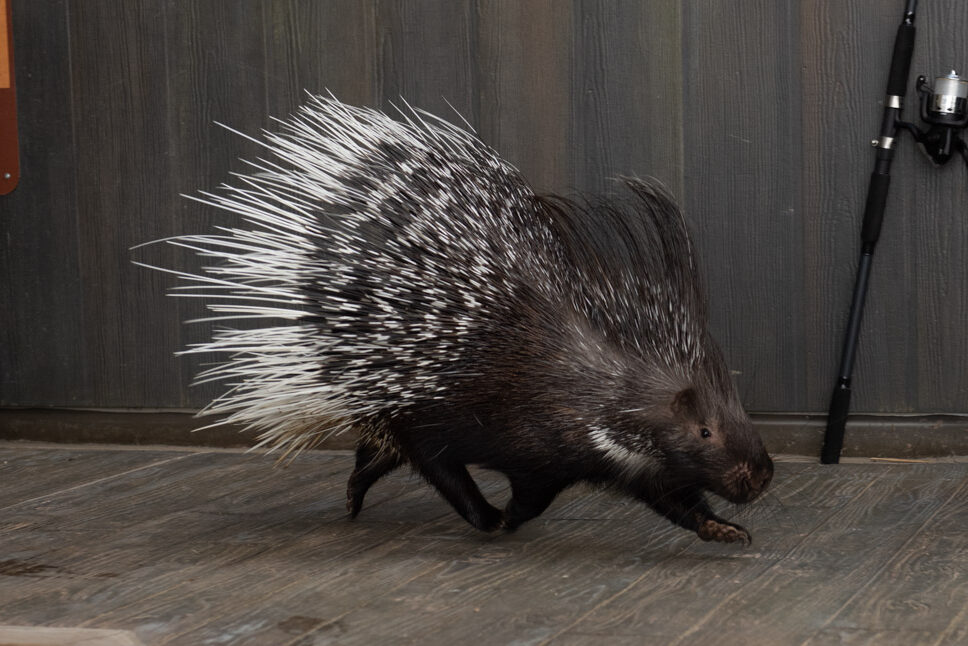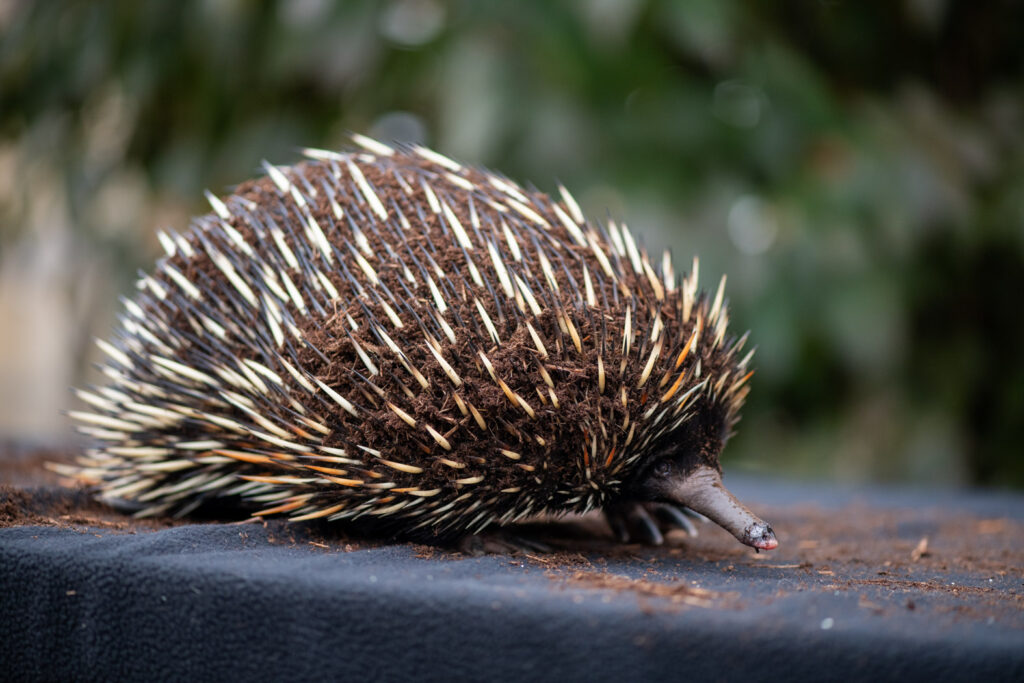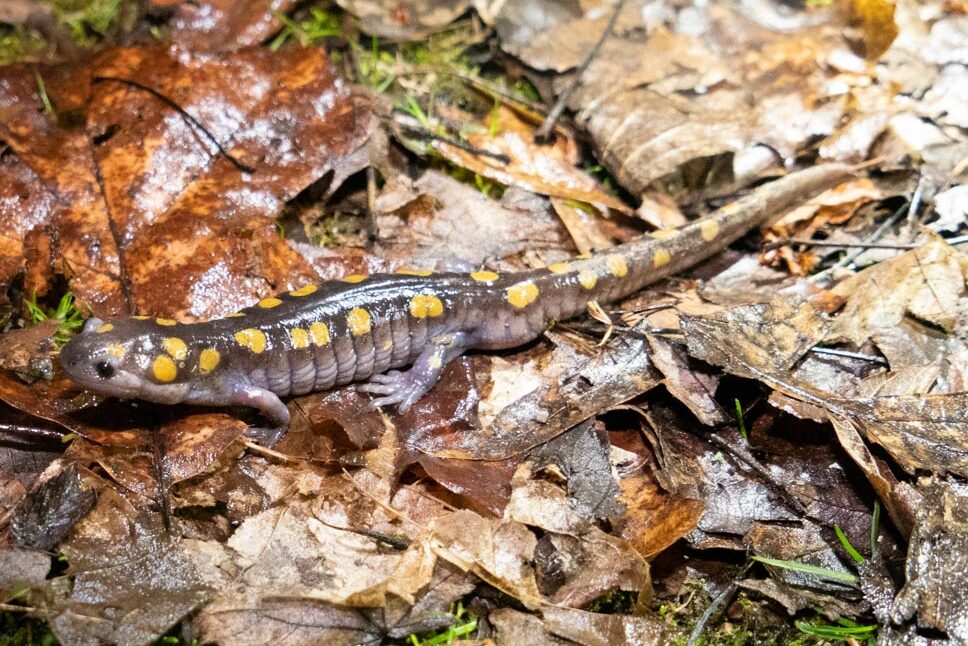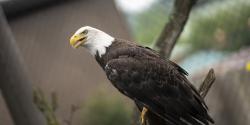Animal facts provided by Stephanie Shop and Saul Bauer.
Our planet is home to millions of species of animals. While walking around the Columbus Zoo and Aquarium, you may encounter animals that look or act similar (or remind you of another local wildlife species), but in fact, they are different and not related to one another.
In our last post about these similarities and differences, we shared information about red pandas and raccoons, and gibbons and langurs. For Volume II of these fun facts, let’s take a look at porcupines vs. echidnas, and lizards vs. salamanders.
Porcupine vs. Echidna


The porcupine is in the order Rodentia, and it is one of the largest rodents. Porcupines are found in many parts of the world, including Africa, South America, and India, which is where you would find the three porcupine species (African crested, Indian crested, and prehensile-tailed) that live at the Columbus Zoo and Aquarium. Porcupines have quills that they use as their defense, but despite popular belief, they cannot shoot their quills. Most species of porcupine have an elaborate dance that they will do in hopes of scaring off the predator before they use their quills. They will make loud noises, puff up and shake their quills, and if the predator still hasn’t left, the porcupine will back into the predator to release the quills. Porcupines must eat hard foods and chew on different surfaces to file their teeth down. Being members of the rodent family means that their teeth will continue to grow for their whole lives, and chewing on tree bark or bones can be helpful for porcupines to keep their teeth in top-notch shape. Porcupines give birth to live young called porcupettes, and while they are born with quills, they are soft and pliable and will harden after they are born.
In comparison, the echidna is in the order Monotremata, making it one of only two species of egg-laying mammal. Echidnas are only found in Australia, Tasmania, and New Guinea. The echidna is nicknamed the spiny anteater because they are insectivores and use their long, sticky tongue to slurp up bugs after they’ve used their powerful claws and beak to dig them up. Echidnas have spines all over their body, and they will bury themselves in the ground or roll up in a ball and have their spikey tail sticking out so that when a predator sticks its nose in a hole, it gets a face full of spines. If the predator happens to press its nose to the echidna’s spines, it won’t release onto the predator, which is the main difference between the spines of the echidna and the quills of a porcupine.
The echidna has complex structures in their beaks that allow them to have a great sense of smell, which can help them communicate with other echidnas in addition to helping them to locate their food. The echidna can even use electroreception to find bugs using thousands of glands around their snout to create mucous to help increase their sensitivity to the electrical signals. Echidnas lay an egg, which they will keep in a pouch until the baby hatches. The baby is the size of a jelly bean and is called a puggle! Puggles are born without spines and will start to grow around 50 days old.
Both porcupines and echidnas belong to the mammal family, are covered in modified hairs called spines or quills that serve as a defense against predators, and have a great sense of smell.
Lizard vs. Salamander


The lizard is a reptile and belongs to the order called Squamata (along with snakes!) with 16 different families. There are over 2,500 species of lizard, and their diet can be broad. Some species of lizard will primarily eat bugs, while others are herbivorous. The largest lizard is the Komodo dragon, which is known to eat water buffalo. The salamander is an amphibian and belongs to the order Urodela with nine families. There are over 700 species of salamanders, and they primarily eat small invertebrates. The largest species of salamander is the Chinese giant salamander, which can weigh over 100 pounds. Despite taking different evolutionary pathways, both salamanders and lizards share similarities. There are legless lizards and legless salamanders. Both species also share similar morphological traits: long, slender bodies with four legs and a tail. Lizards can regrow their tails and salamanders can regrow limbs. (Some can regrow parts of their head!)
The next time you visit the Columbus Zoo and Aquarium, challenge yourself to discover other animal species that look or act similar, but are not related!










